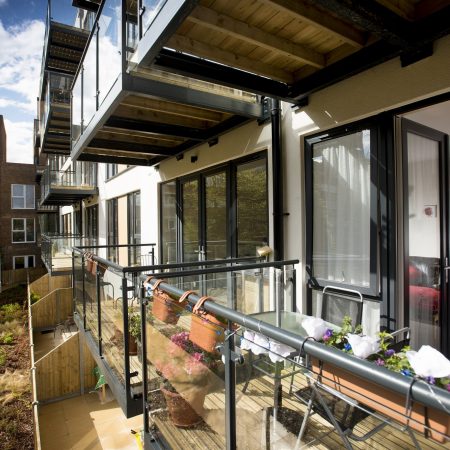Improved Housing Delivery: the Case for Partnerships
Achieving ‘best value’ from constrained resources isn’t just about the number of homes we build, it’s about building better homes and enhancing the social, economic and environmental benefits by working in and with a local area.
Are Partnerships the Answer?
At Osborne, we believe that an approach based on partnerships, with an integrated team dedicated to collaboration, is what’s needed to improve Housing Delivery.
With the same old procurement strategies and attitudes can we expect anything other than the same old outcomes? Instead, we need ‘open book’ approaches and shared incentives to consider whole life costs. Quality and sustainability must be built into design and planning from the outset.
It all stems from early contractor engagement. There is then an opportunity to develop the design jointly, agreeing and mitigating risks. This is the key to delivering more within the same budget.
Partnership in Action
We were selected through a framework to deliver the expansion of a High School in West London, accommodating two new forms of entry and 20 additional resource provision spaces. The timescale was 21 months from RIBA stage 2 and a 58-week project duration. The contract was a JCT 2011 D&B. The total value was £9.7million.
Through a design-to-cost approach, we delivered additional value of 3.5% of the contract sum. This was reinvested within the project. Through early engagement with our supply chain, we proposed a new frame solution that could meet the ambitious programme. It offered additional benefits of adaptability for the site layout and improved energy performance.
Fixed pricing provided our client with cost certainty. The partnership engaged our SIPs partner Innovaré at RIBA Stage 2 and our windows and M&E partners at RIBA stage 3.
Once on site, our integrated design team used BIM and an energy modelling tool to increase the standards on daylighting, acoustic and thermal comfort, and ventilation requirements, while maintaining the original budget.
Social Value
There were also significant social value gains:
- 77% of the workforce came from within 40 miles,
- Local spend was 63%, of which 85% was through SMEs
- We created 9 apprenticeships and 8 new local jobs
- We hosted site visits by local schools and attended career path seminars for secondary school students
To achieve these outcomes, procurement routes must complement these elements of partnering.
This is just one project. There are many projects on site at the moment where customers and contractors are working in partnership to improve delivery – whether it is in housing or education. When scaled up, the benefits are significant.
This alone, however, will not solve the challenges around housing supply. But it can play its part as we work together to build homes and communities that people actively want to live in.
So the challenge for those of us who believe that partnerships deliver better value is to produce the data on a ‘macro scale.’ This will truly make the case to our customers and their consultants. The facts should bear out what our instinct tells us: that partnership is the way forward.

